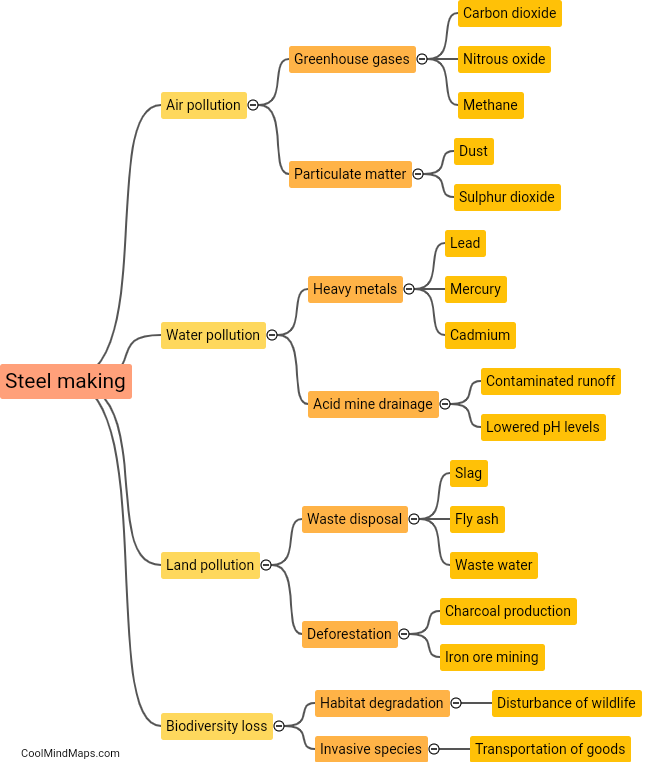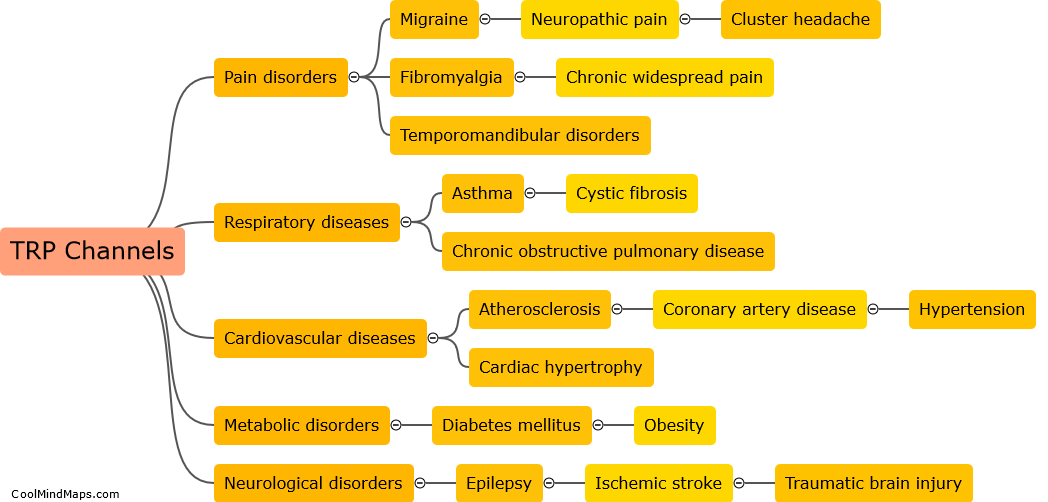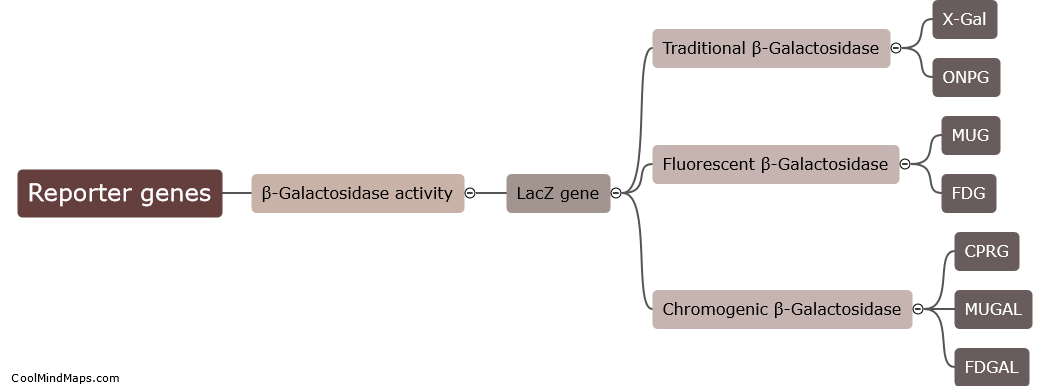How is raw uranium processed into nuclear medicine?
Raw uranium is first mined from underground or open-pit mines and then sent to a mill, where it undergoes several refining steps to eventually produce a concentrated uranium product called yellowcake. This yellowcake is then shipped to a conversion facility, where it is further processed into uranium hexafluoride (UF6) gas. The UF6 gas is then sent to an enrichment facility, where the concentration of uranium-235, a fissile isotope used in nuclear reactions, is increased. The enriched UF6 is converted back into a solid form, which is then shipped to a fuel fabrication plant to be transformed into fuel pellets for use in nuclear reactors. However, to produce nuclear medicine, the enriched uranium is typically not directly used. Instead, it goes through multiple additional processing stages, including conversion into uranium oxide powder and conversion into uranium hexafluoride gas again, before being transformed into a radioactive isotope such as molybdenum-99 or technetium-99m. These radioactive isotopes are then used in various diagnostic and therapeutic applications in nuclear medicine.

This mind map was published on 4 February 2024 and has been viewed 90 times.











